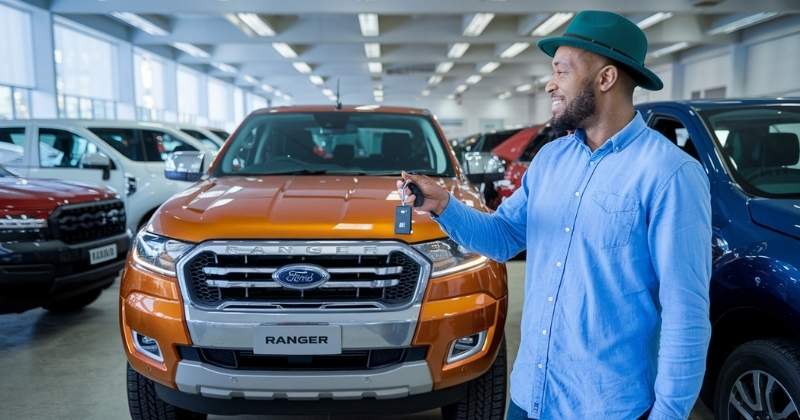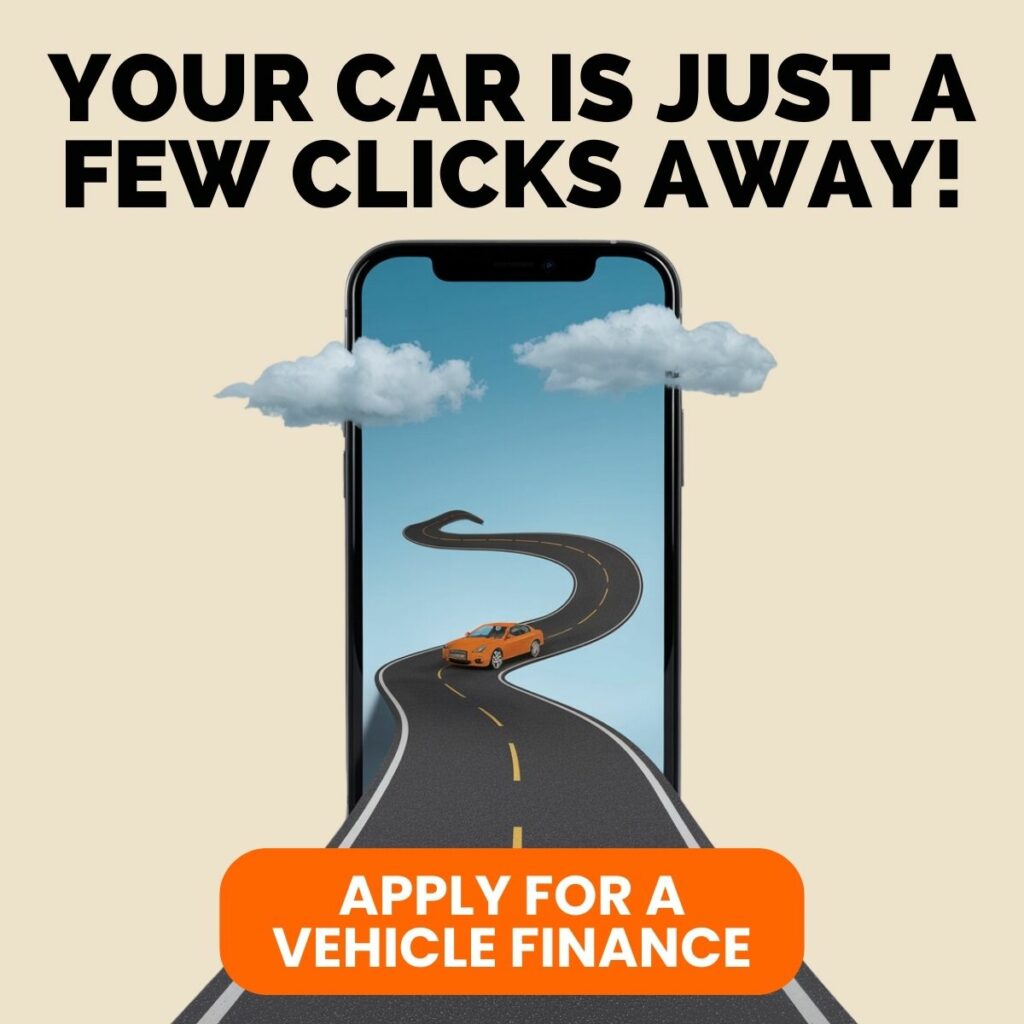
The South African new vehicle market continues to grapple with the challenges of returning to pre-pandemic sales levels. Data for 2024 reveals a 3.0% year-on-year decline, reflecting ongoing economic pressures. This drop is part of a broader trend that has seen the automotive industry facing slow recovery trajectories globally, with South Africa mirroring these struggles.
Key Takeaways
- Decline in Vehicle Sales: The South African vehicle market experienced a 3.0% year-on-year decline in 2024, primarily due to economic pressures and consumer uncertainty during the election year.
- Segment Performance Variations: Passenger vehicles grew modestly by 1.1%, supported by rental car demand, while light and heavy commercial vehicle segments saw significant declines.
- Optimism for 2025: Interest rate cuts, easing inflation, and lower fuel prices are expected to drive recovery, although risks like wage negotiations and geopolitical factors remain.
About Arcadia Finance
Find your ideal loan with ease through Arcadia Finance. Experience zero application fees and access 19 trusted lenders, all accredited by South Africa’s National Credit Regulator. Simplify your borrowing journey with reliable, tailored financial solutions.
South African Vehicle Market Struggles to Regain Pre-Pandemic Momentum
In figures shared by Naamsa – The Automotive Business Council, new vehicle sales for 2024 totalled 515,712 units, a drop from the 531,775 units recorded in 2023. These figures not only represent declining sales but also highlight an urgent need for strategic industry adjustments to tackle economic and consumer spending challenges head-on.
Industry analysts had anticipated that weak consumer demand would dominate the first half of 2024 due to uncertainties surrounding the national election. It was expected that a recovery would follow in the latter half of the year. However, the market struggled to gather significant momentum amidst a challenging economic environment.
This slow recovery can be attributed to sustained pressures on household incomes, coupled with a high cost of borrowing that discouraged big-ticket purchases like vehicles.
True signs of recovery only emerged in the final quarter of 2024, culminating in a modest 2.5% year-on-year sales growth in December. Despite this late improvement, industry insiders emphasised that the road to a full recovery will require more than just seasonal upticks, with long-term consumer confidence playing a pivotal role.
Passenger Vehicles See Modest Growth, While Commercial Sales Decline
The passenger vehicle segment managed to deliver positive results for 2024, with total sales reaching 351,302 units. This represented a modest 1.1% increase compared to 2023. Strong demand from the rental car sector in the latter part of the year played a crucial role in supporting this growth. This segment’s performance signals a shift in market priorities, as fleet renewals and tourism-related demand offset weaker individual purchases.
In contrast, bakkies and other light commercial vehicles experienced a sharp decline. Sales in this segment fell by 12% year-on-year, with only 133,254 units sold compared to 151,490 in 2023. Experts attribute this drop to slower economic activity in sectors reliant on these vehicles, such as agriculture and construction, which have yet to recover fully. The medium and heavy commercial vehicle sectors also faced reductions, recording respective declines of 6.5% and 4.9%. These figures highlight the compounded challenges of high operational costs and reduced infrastructure spending that have plagued the commercial market.

Optimism for a Brighter 2025
Looking ahead, Naamsa anticipates a recovery in the South African new vehicle market, with expectations for sales to return to pre-pandemic levels in 2025. A combination of improving economic factors is expected to drive this positive trend. This optimism is further supported by increased private sector investment, which is expected to stimulate key industries and, in turn, fuel demand for both passenger and commercial vehicles.
Key drivers of this anticipated recovery include the South African Reserve Bank’s two interest rate cuts at the end of 2024, marking the first reductions in four years. These cuts, combined with easing inflation, have created a more favourable environment for both consumers and businesses. Such policy adjustments are crucial, as they not only alleviate debt burdens but also restore consumer confidence in making long-term financial commitments like vehicle purchases.
The steep decline in fuel prices has played a critical role in boosting consumer confidence. Petrol prices in 2024 reached their lowest levels in nearly three years, increasing disposable income and providing further support for the vehicle market. This development has been particularly beneficial for lower-income households, enabling a broader demographic to consider vehicle ownership once again.
The slowdown in vehicle sales can partly be attributed to rising prices. Check out New Car Prices in 2024: How Much Do They Cost? to understand the trends and how they impact buyers’ decisions.
Economic Indicators Point to Stabilisation
Naamsa forecasts that further reductions in interest rates during 2025 will enhance vehicle affordability across all market segments. An expected GDP growth rate of approximately 1.5% for the year is also likely to contribute to an overall improvement in the automotive sector. While this growth remains modest, it is expected to provide a much-needed foundation for sustained recovery, with ripple effects across related industries such as manufacturing and retail.
Improved business and consumer sentiment, driven by these positive economic indicators, is anticipated to drive single-digit growth in new vehicle sales compared to 2024 levels. However, the industry remains cautious about potential headwinds that could affect this outlook.
Despite the slowdown, affordable vehicles remain a silver lining for budget-conscious buyers. Discover the Cheapest New Cars in South Africa 2024 to see which models are defying the trend.
Challenges and Opportunities Ahead
Brandon Cohen, Chairperson of the National Automobile Dealers’ Association (NADA), highlights the complexities facing the market in the coming year. Stabilising inflation, reduced energy supply constraints, and further interest rate reductions offer opportunities for relief. These factors provide a window for the industry to innovate and adapt, especially in promoting energy-efficient vehicle options that align with global trends.
However, Cohen notes that several risk factors remain, including local industry wage negotiations and potential changes in international political landscapes, such as the US administration. Retail dealers must navigate these challenges while managing consumer demand amid ongoing cost pressures. A key concern for dealers is maintaining profit margins while offering competitive pricing to attract hesitant buyers, particularly in a price-sensitive market like South Africa.
Conclusion
The South African vehicle market’s performance in 2024 reflected a tough economic environment, with uneven recovery across segments and delayed momentum. However, a more positive outlook is forecast for 2025, underpinned by improving economic indicators such as lower interest rates and stabilising inflation. While challenges like cost pressures and geopolitical factors persist, strategic industry focus and supportive policies could pave the way for a more robust and sustainable recovery, setting the stage for gradual progress towards pre-pandemic sales levels.
Fast, uncomplicated, and trustworthy loan comparisons
At Arcadia Finance, you can compare loan offers from multiple lenders with no obligation and free of charge. Get a clear overview of your options and choose the best deal for you.
Fill out our form today to easily compare interest rates from 19 banks and find the right loan for you.



